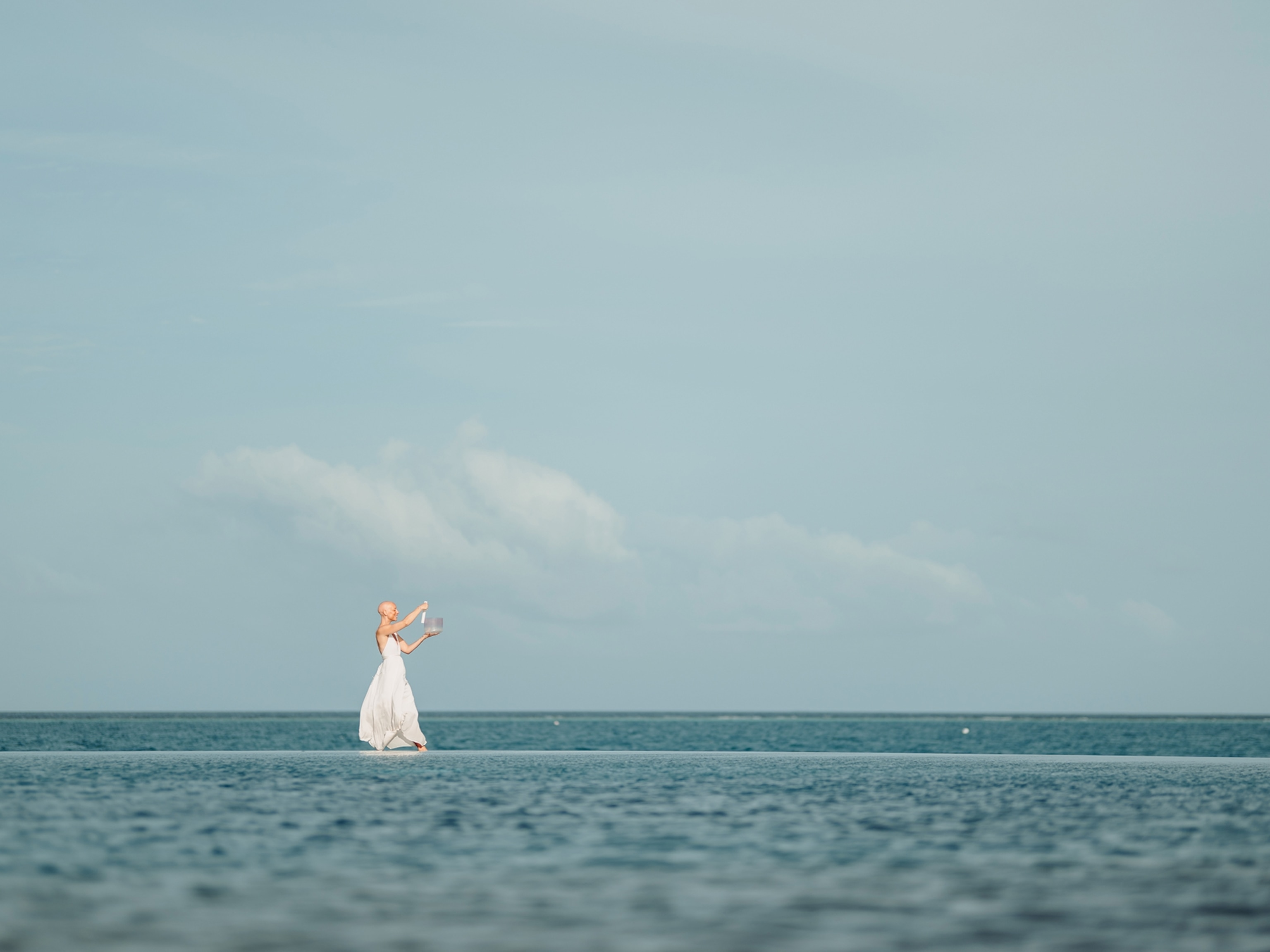
Revisiting Vienna's World Fair: new tours and exhibitions on the 150th anniversary
Austria's capital is marking the 150th anniversary of Vienna's World Fair with a series of events and a history-focused walking trail.
The year 1873 was a seminal moment for Austria’s capital. New infrastructure such as waterworks and railways were modernising Vienna, and the Ringstrasse, an elegant modern boulevard built over the city’s demolished ancient fortifications, was transforming the centre with grand cafes and Beaux Arts palaces and museums. But it was the arrival of the World Fair — an international exhibition bringing together the biggest names in culture and industry — that raised Vienna onto the world stage, paving the way for a cultural awakening that would later allow Gustav Klimt’s Secessionist art movement of the 1890s to flourish. This era led to the foundation of many museums and collections that remain key attractions for tourists today.
To mark the 150th anniversary of the World Fair, which ran from May to November 1873, the city has planned a year of exhibitions and events, culminating in December with the reopening of the Wien Museum after a multi-year renovation and expansion.
Among the key exhibitions launching in the city this year is Women at Work, opening at the Vienna Museum of Technology on 2 May. It’ll highlight the Women’s Pavilion, which gave a space to female working environments at the 1873 World Fair and raised awareness of women-led occupations during industrialisation. Two new exhibitions will also open at the Museum of Applied Arts (MAK): the first, from 7 June, will be dedicated to the bicentennial of J & L Lobmeyr, a crystal glassmaker and chandelier manufacturer that exhibited at the 1873 World Fair; the second, opening on 21 June and titled 1873 Vienna World’s Fair Revisited, will look at the global interest in Orientalism sparked by the 19th-century Austrian exposition.
Another highlight for 2023 is Panorama Vienna, a new 104ft-tall, 328ft-wide rotunda set to open this spring in the Prater park. The structure will exhibit large-scale panoramic works of art and is intended to echo the rotunda built for the World Fair, which was the largest domed structure in the world when it was erected in 1873. The original was destroyed by fire in 1937.
Visitors to Vienna this year can also download 1873 World’s Fair Guide, a new tour itinerary taking in sites closely linked to the original World Fair and its legacy. Stops include several landmarks that opened the year of the exhibition, such as Café Landtmann, now one of Vienna’s most iconic coffee houses; the Hochstrahlbrunnen fountain, built to celebrate the completion of the mountain spring pipeline that still feeds the city with water from the Alps; and the lavish Hotel Imperial and Palais Hansen Kempinski Vienna, which opened their doors to cater to tourists in the run-up to the 1873 exhibition.
What's on in June
Also celebrating a big anniversary this year is Vienna’s 40-year-old annual music bash, the largest free open-air event of its kind in Europe. The festival takes over Donauinsel, an artificial island on the River Danube, for three days from 23 June 2023 and is expected to attract up to three million partygoers.
From 1 to 18 June 2023, the capital’s annual LGBTQ+ celebrations will include a ‘beach day’ with cocktails and deckchairs at the Vienna City Beach Club, and a ‘pool day’ with DJs and food at the Olympic-sized Schönbrunnerbad baths. Highlights include the five-kilometre Pride Run on 3 June and the flagship Pride Parade on 17 June.
Bringing Austria’s best-known orchestra to its most famous palace, the Vienna Philharmonic’s annual nightime summer concert will be held in the grounds of the Schönbrunn on 8 June. Visitors pack out the park for the unticketed event, which features the illuminated UNESCO-listed palace as the backdrop to a night of free music.
Sign up to our newsletter and follow us on social media:
Facebook | Instagram | Twitter





